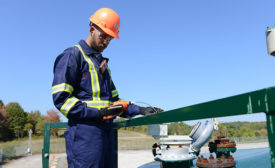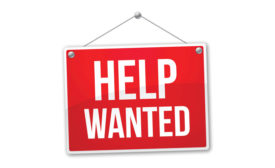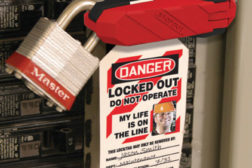Home » Keywords: » employee safety
Items Tagged with 'employee safety'
ARTICLES
Human error & operational risk
Are you looking in the wrong place to manage non-compliant behaviors?
November 14, 2018
Five tips for providing effective safety training
Get your people in “The Zone”
November 2, 2018
‘Safety culture’ is a messy concept
Too many interpretations lead to haphazard applications
October 4, 2018
Become a Leader in Safety Culture
Build your knowledge with ISHN, covering key safety, health and industrial hygiene news, products, and trends.
JOIN TODAYCopyright ©2025. All Rights Reserved BNP Media.
Design, CMS, Hosting & Web Development :: ePublishing










